Wilmington names that have endured, and some that haven't
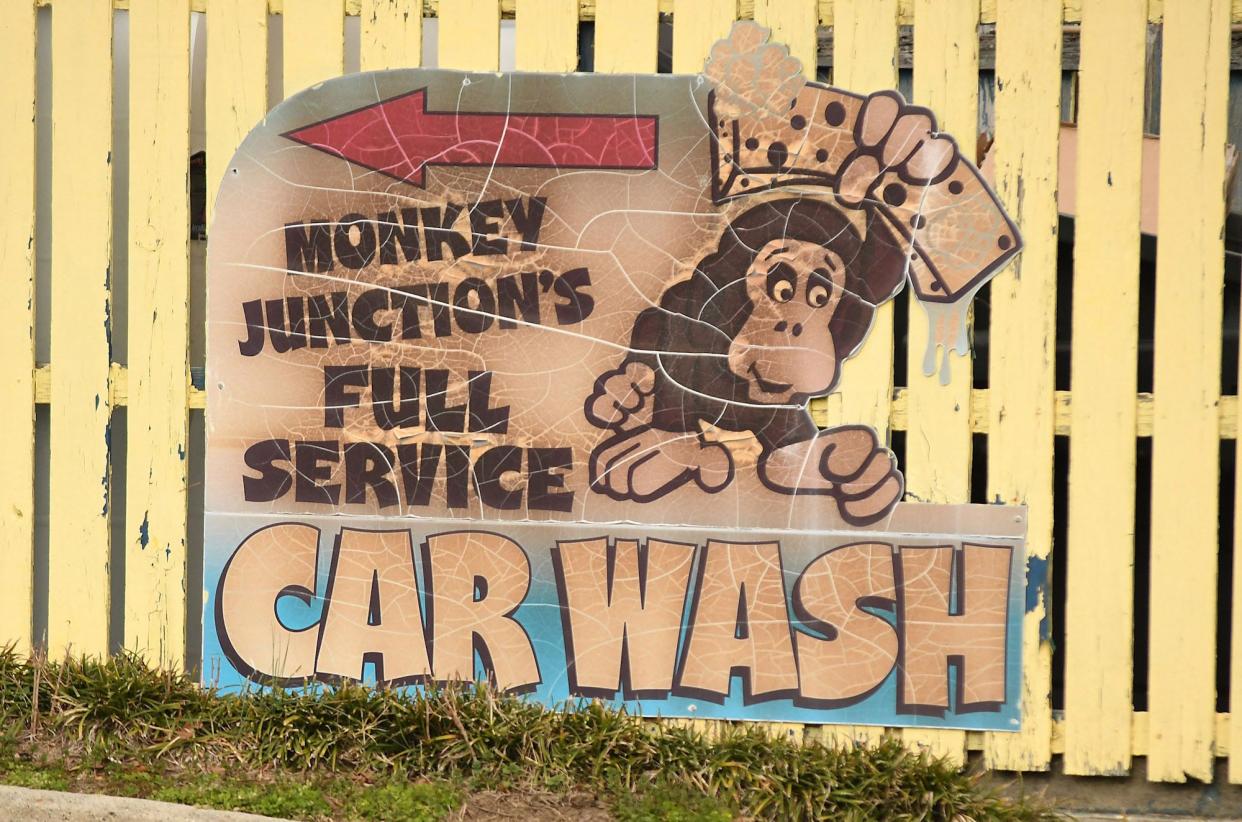
As you may or may not know, the Wilmington area has grown pretty rapidly over the past few decades.
Perhaps as a result of this, parts of town that used to have distinct names have gradually been absorbed into other parts of town. The large swath we now mostly call "downtown Wilmington," for example, used to be broken up into multiple sections and/or neighborhoods with their own names and identities.
Sometimes the old names endure, but other times they're forgotten. Just for fun, let's take a look at a few examples of each: Section names from the Wilmington area that are still with us, and section names that have been lost, or mostly lost, to history.
Lost, or mostly lost
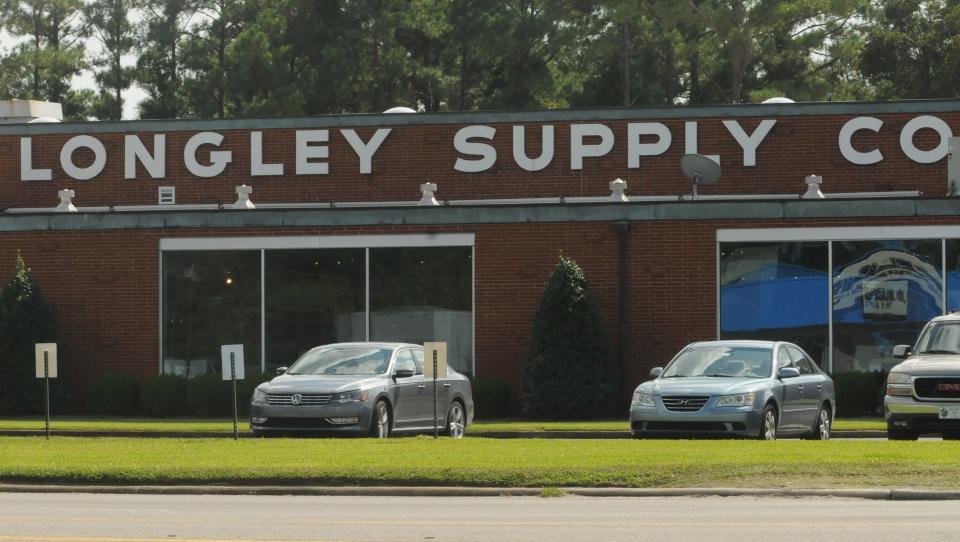
Lingo City: I love this one. According to the book "Memories Yesteryear" by the late Dr. Robert M. Fales, in the 1910s this area consisted of a dozen or so small houses on either side of the railroad tracks near where Longley Supply Co. and Farmers Supply Co. are now on Oleander Drive. Where the name Lingo City came from isn't clear, but there used to be a Lingo Box Factory in Wilmington, and there's still a Lingo Street between Colwell Avenue and South 19th Street.
Horse Pond: Back in the day, people used horses as a conveyance around town, and this area near present-day Second and Grace streets used to have a large freshwater pond from which the horses could drink.
Hangman's Hill, or Gallows Hill: Not to be dark, but public executions used to be a thing in Wilmington. This area was located on Market Street between Fifth Avenue and Sixth Street around the time of 1800, but as the city grew it was later moved up Market to between Seventh and Eighth streets.
Cape Fear Unearthed: Ghosts of Gallows Hill
Manhattan and The Bronx: Around 100 years ago, a real estate company began selling lots for houses near where present-day Castle Street crosses 17th Street. Most likely a play on Wilmington's Brooklyn neighborhood, which was already well-known at the time, the company termed these areas Manhattan and The Bronx. No one really calls them that anymore, but earlier this year the Historic Wilmington Foundation's Azalea Home Tour focused on the homes in this area, and there's still a Manhattan Drive in that neighborhood.
NYC in ILM: Some city neighborhoods trace their names to the Big Apple
Tank Town: This residential and industrial part of town, which was filled predominantly with Black residents, was located on downtown's north side, between North Third Street, the Isabel Holmes Bridge and the Central Business District. Tank Town was entirely razed in the 1960s as part of the push for so-called "urban renewal."
Local history: Exploring Wilmington's forgotten Tank Town as city mulls PPD building purchase
Mineral Spring and Mill Hill: According to Beverly Tetterton's book "Wilmington: Lost But Not Forgotten," the part of Wrightsville Avenue near where Peace Rose Montessori and The Creek apartments are today used to be called Mineral Spring, likely named for the creek that still runs through it. Once Delgado Mills (later Spofford Mills) was built there around 1900, many mill workers moved to that area, which then began to be called Mill Hill, or Mill Village.
And the rest: The late Louis T. Moore's book "Stories Old and New of the Cape Fear Region" recalls a number of sectional places names whose origins are hazy. Nutt Street near its intersection with Brunswick Street was called Hogg's Folly. Harnett Street near the hill at present-day Front Street was called Paradise, and there was also a place "in the southern part of the city" known as Piety Hill.
Enduring names
Monkey Junction: With a name like Monkey Junction, how could it not endure? The area gets its name from a service station located about halfway between downtown Wilmington and Carolina Beach in the first part of the 20th century whose owner used caged monkeys to attract customers.
Dry Pond: I actually lived in this part of downtown near Fifth Avenue and Castle Street growing up, and we never called it Dry Pond. The old-timers did, though (late country music legend Charlie Daniels was a proud "Dry Pond boy"), and the name seems to have come back into fashion somewhat.
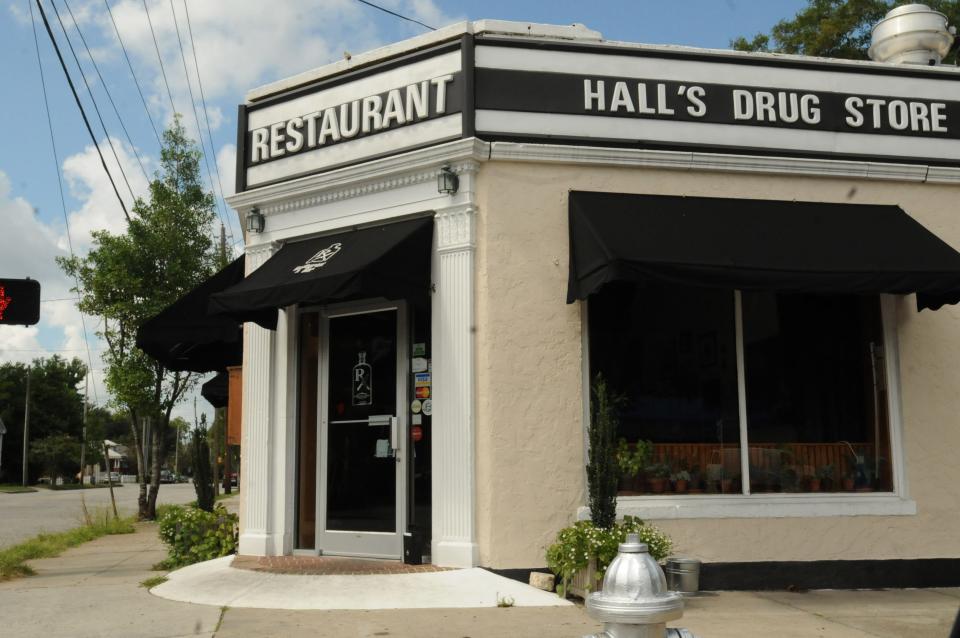
East Wilmington: Back in the day, the Wilmington city limits ended around 16th and Market streets. According to Dr. Fales, anything past an old wooden bridge that used to go over Burnt Mill Creek (near present-day Wallace Park) was called East Wilmington and, back then, was mostly farmland with a few farm houses. The East Wilmington name is still in use today, often for parts of town off Princess Place Drive.
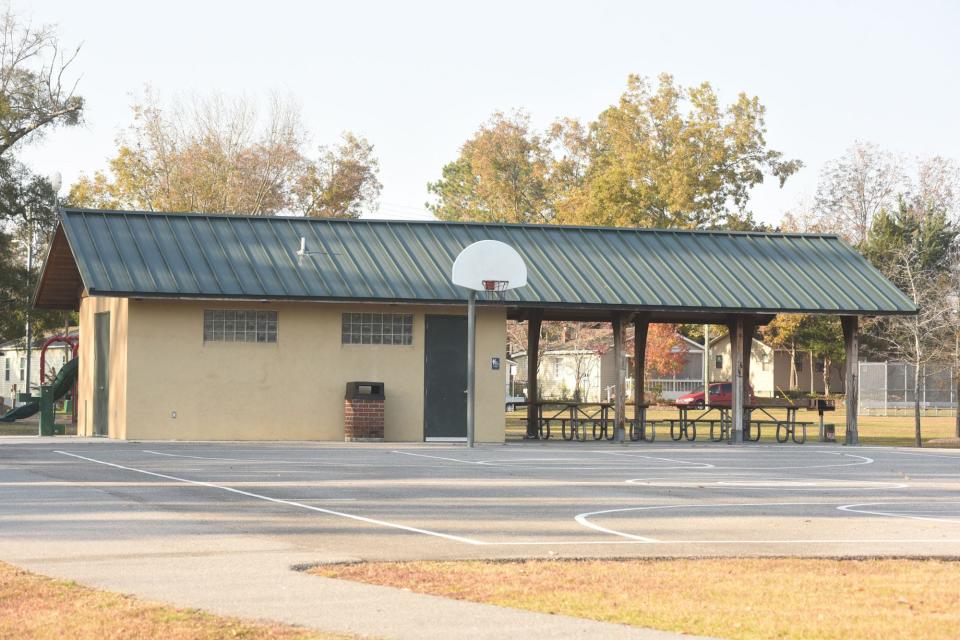
Love Grove: Historic, largely Black neighborhood located off Smith Creek has been called Love Grove for well over a century. According to Louis T. Moore, it might have taken its name from an old Love Grove Plantation.
Brooklyn: No one knows how this area around North Fourth Street, also called Northside, got its name. But it's been called Brooklyn for well over a century.
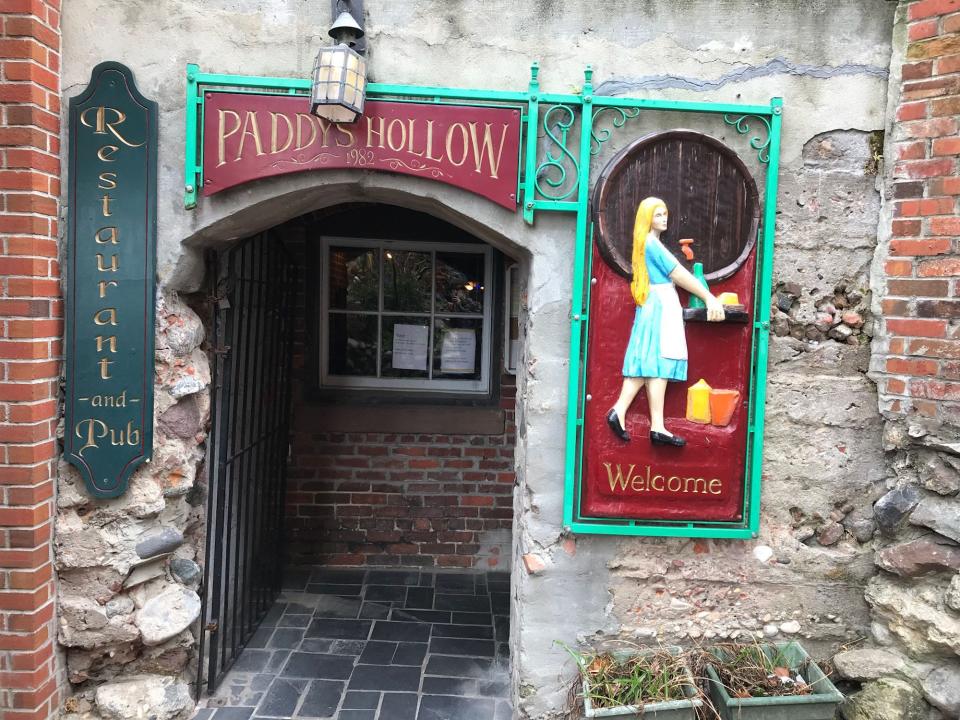
Paddy's Hollow: According to Louis T. Moore, this area near present-day Water and Walnut streets used to have lots of boardinghouses where sailors would stay, though it's not known where the name came from. Since 1982, Paddy's Hollow has been not an area, but a bar and restaurant in the Cotton Exchange.
Jump and Run or Jumping Run: According to Moore, this was the name of an area, and small stream, "in the extreme southeast section of the city." These days, there's a neighborhood off South 17th Street near the hospital called Jumpin' Run, and there's still a stream that runs nearby.
This article originally appeared on Wilmington StarNews: Wilmington, NC names that have endured, and some that haven't

